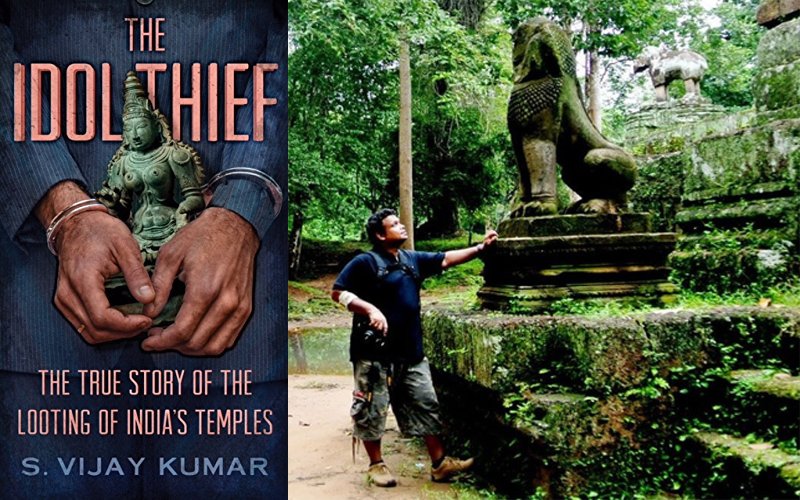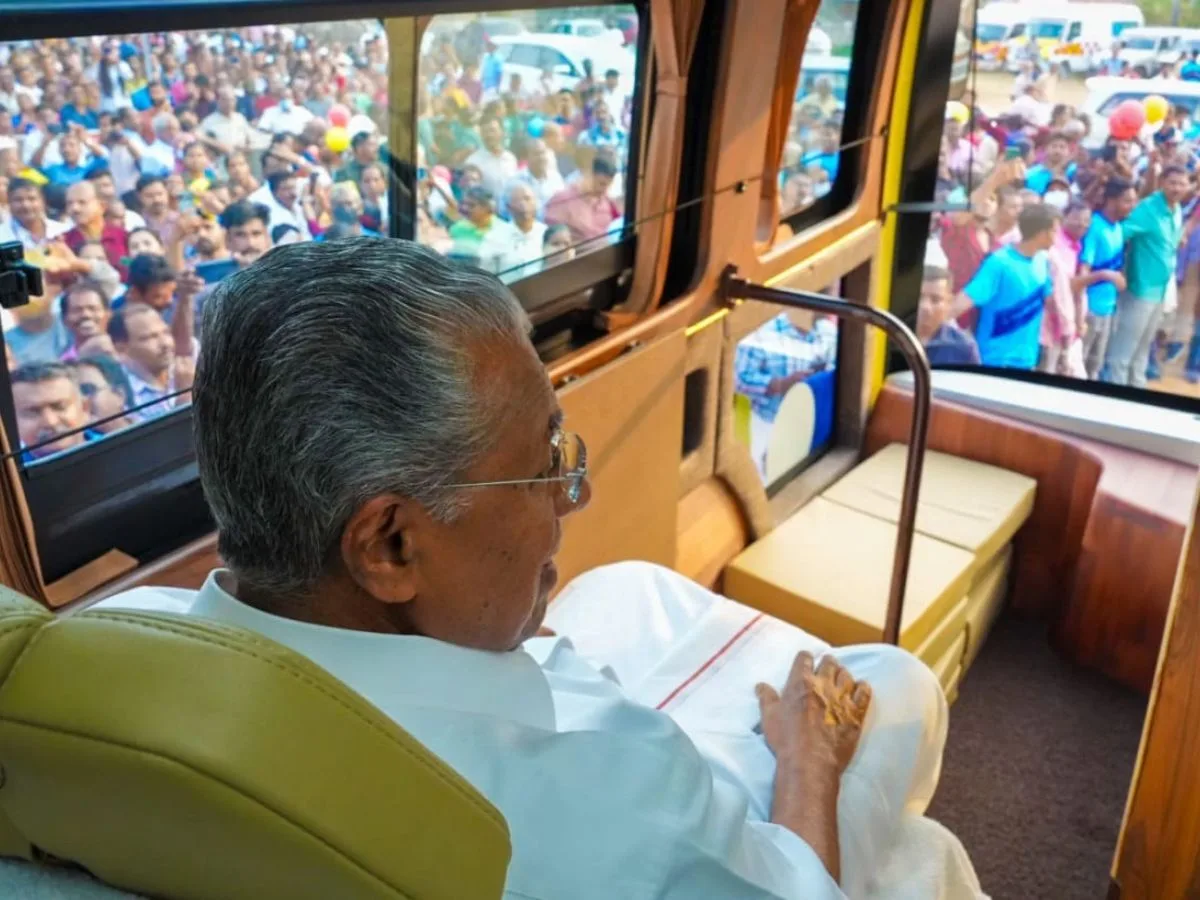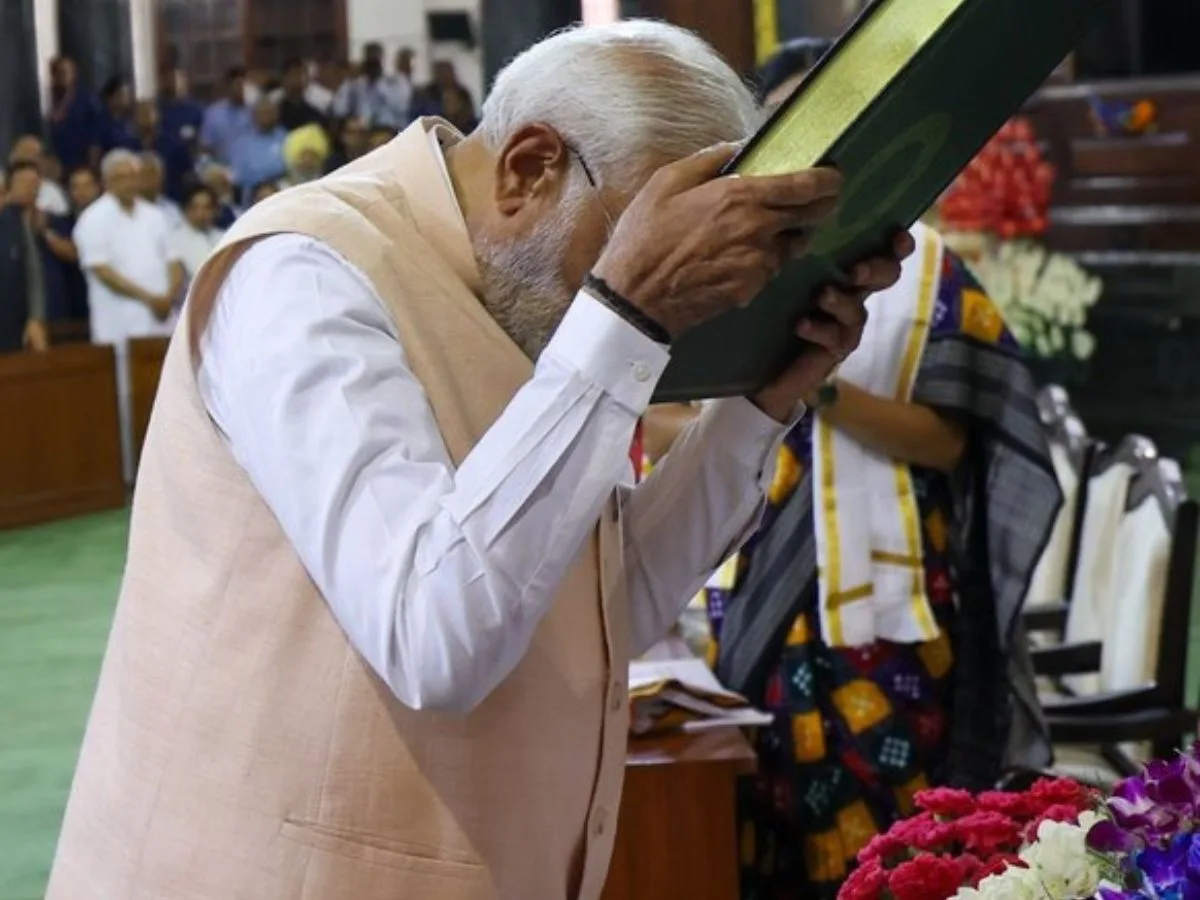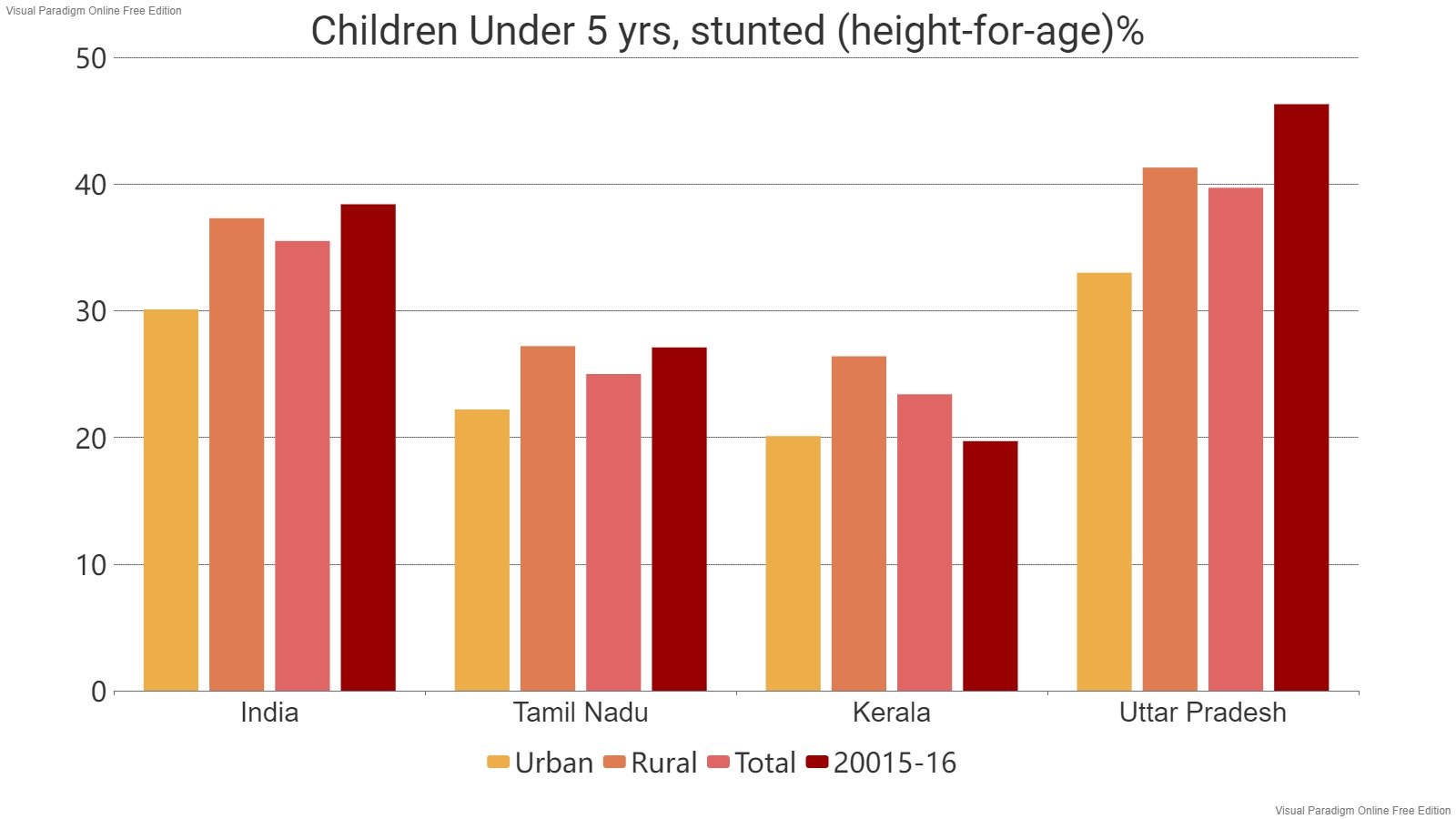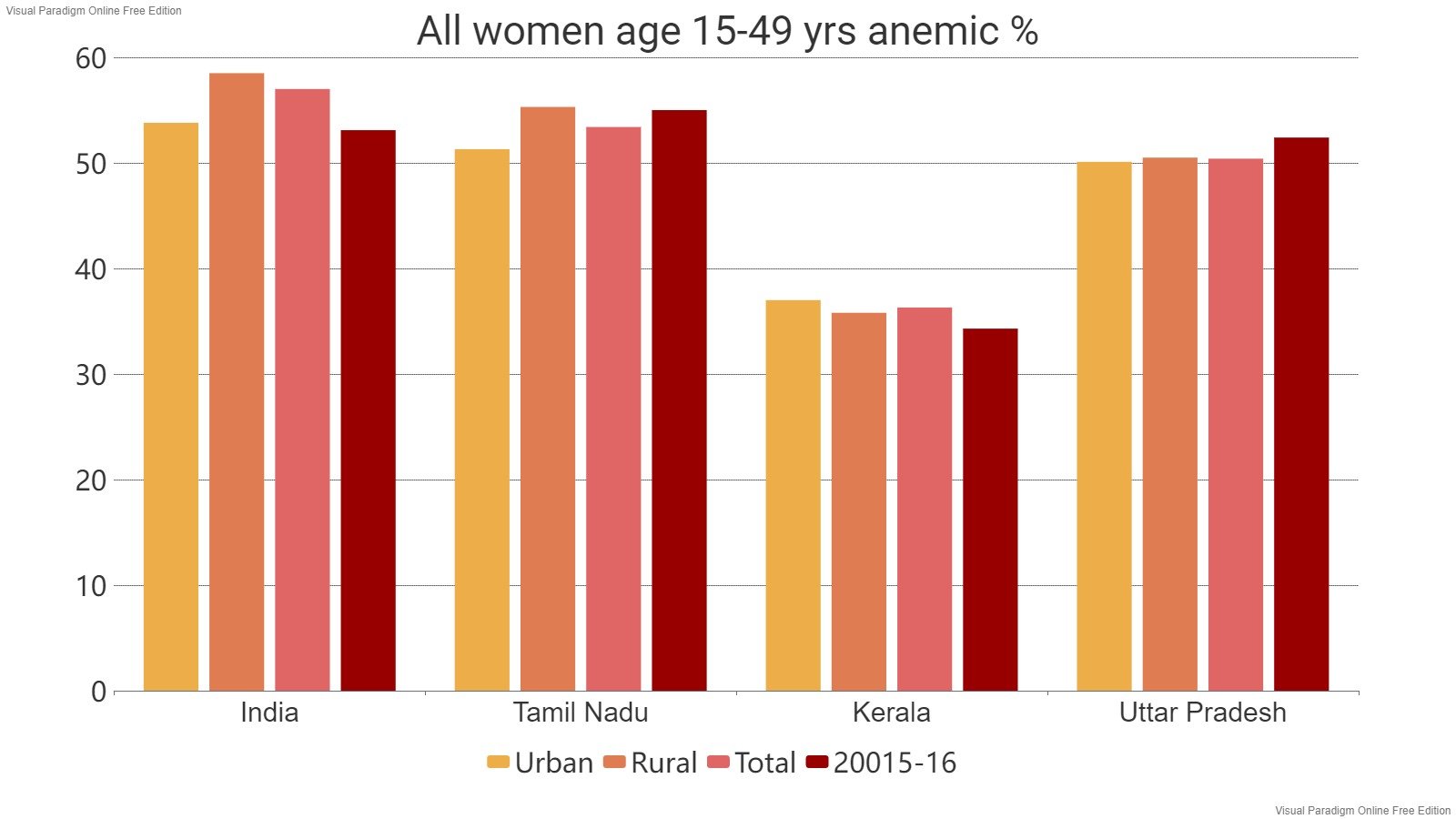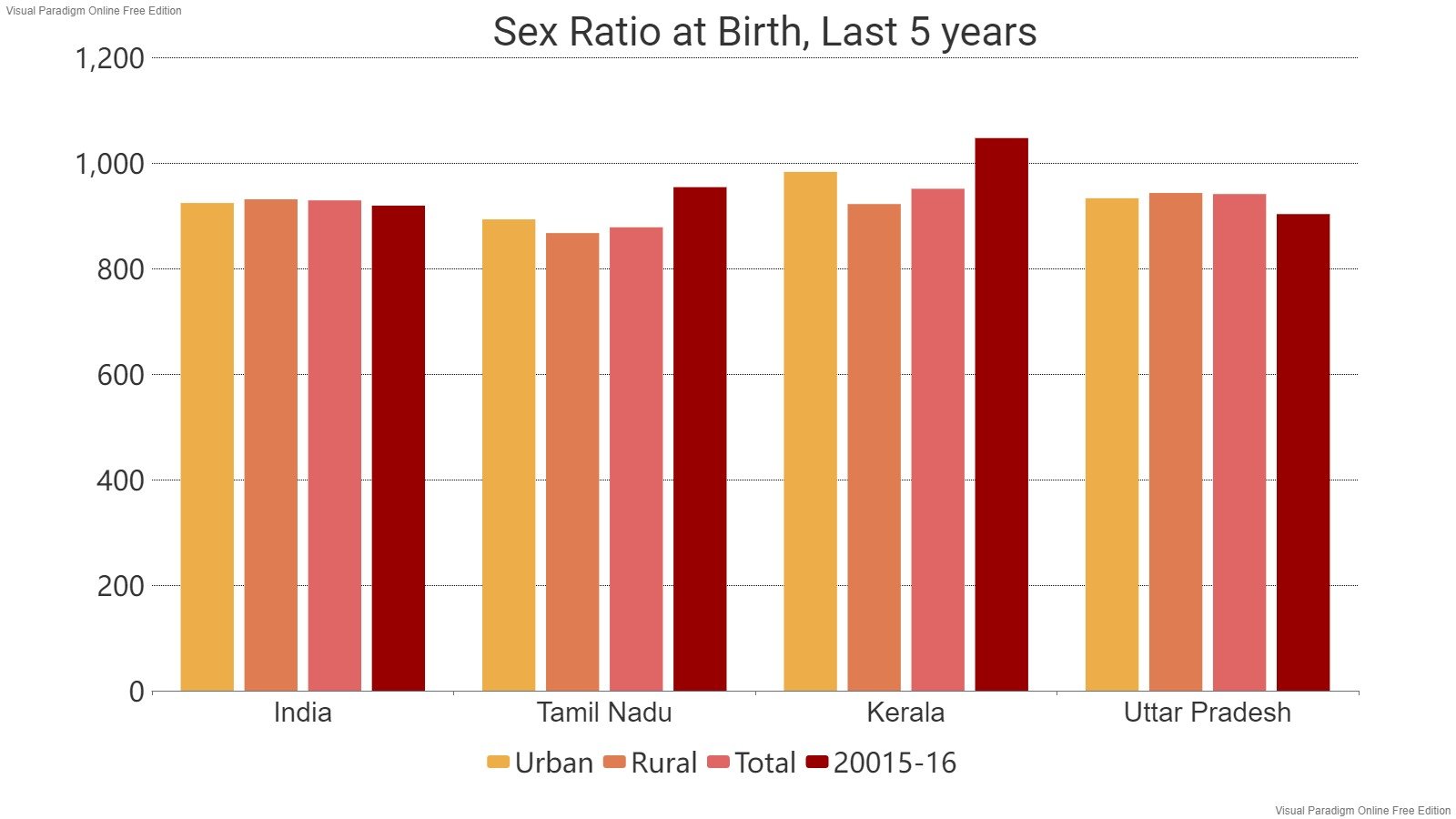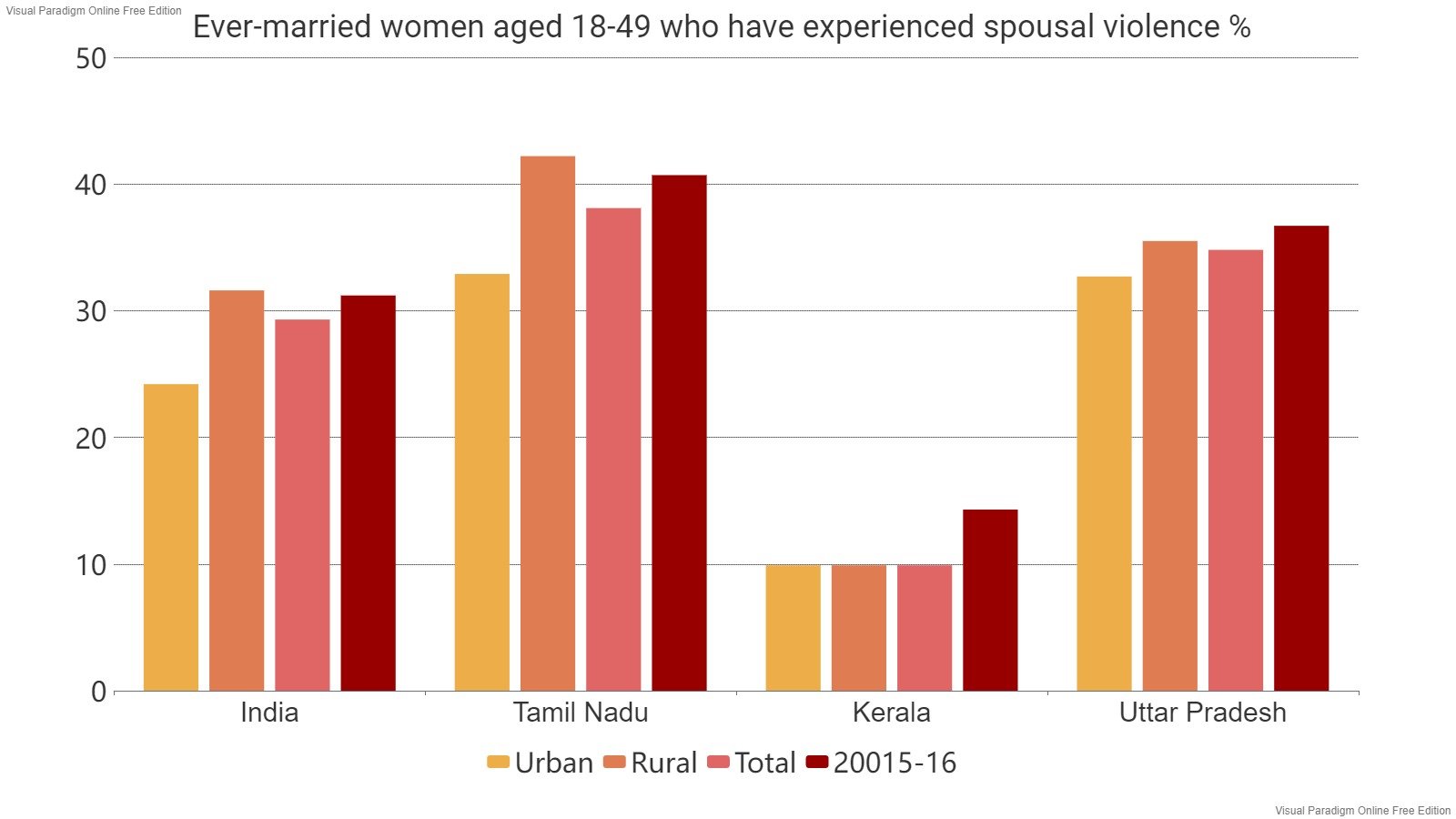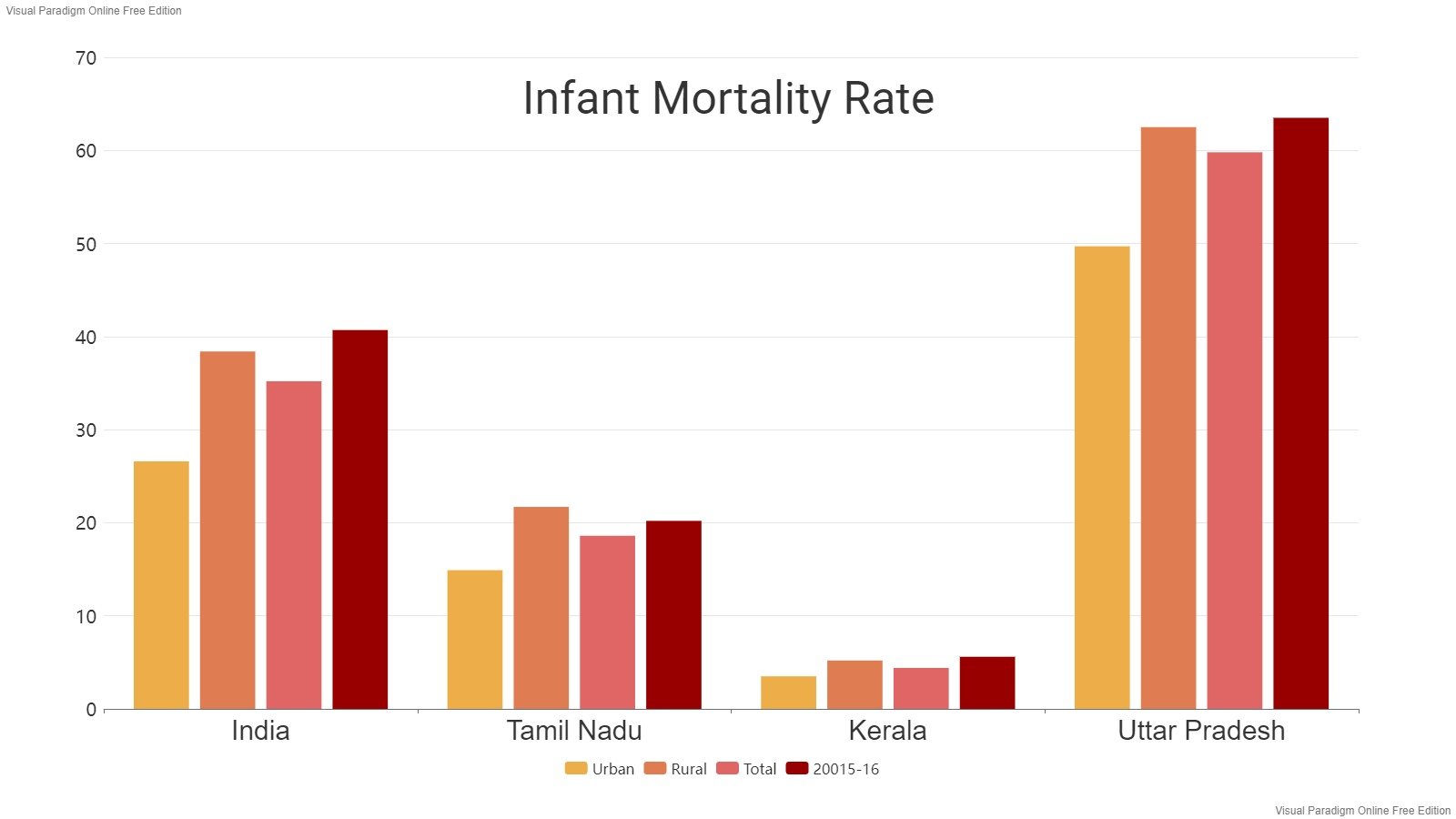Read in : தமிழ்
S Vijay Kumar, a chartered ship broker and cost accountant based in Singapore, has taken the unlikely avatar of an Indian Jones, tracking down idols stolen from ancient temples of Tamil Nadu. His upcoming book, Idol Thief, focuses on the case of Subhash Kapoor, the Manhattan-based art dealer who is now lodged in Puzhal Prison and facing trial for stealing temple idols. He discussed the book and the idol theft issue in a chat with inmathi.
Tell us what the book is about.
There is a general lack of awareness of the extent of the looting of ancient Indian art that has been happening in the past and continues to this day. Many people think petty thieves are doing it. But there are cartels that are doing targeted looting of our art including idols from temples on an industrial scale. Police, customs and others who should be custodians are complicit in this. There are the so called museums / dealers/ auction houses – purchasers who claim to be purchasing in good faith but we have seen that they are very much aware of the grey nature of the trade. We want to expose these nefarious networks and show how these organized gangs are operating. They are stealing the best of Indian art which are then being sold in open auctions. And India never went after these gangs in a big way. We want to create awareness so India takes serious steps towards bringing its looted treasures back.
But India was a key force behind the 1970s UN statute on protection of cultural property.
Yes, it was championed by India and Italy at that time. These two were the rich source countries that were losing a lot of their art to these gangs. As part of it, India and Italy sought to start heritage protection forces. Italy did it. They have a force that has more than 3,000 officers, and includes lawyers, IT specialists and other experts. In India, Only in TN, such a force was set up in the form of the Idol Wing. It was set up with 100 people and the unit is down to eight people now.
Between 1970 and now, Italy has recovered 3 .8 lakh artefacts via their Carbenerri Art Squad building capacity, archives, technology tools to aid restitutions.
India in the same period – 1972 – 2000 had recovered 17 art works from foreign countries. Between 2000 and 2012, India recovered no work of art or idol. This is from a Comptroller and Auditor General report of 2013. It’s after this that our efforts started bearing fruit and you see the restitutions starting again in a big manner. We could have done more if we had proper support.
You say big organized gangs are operating. Have you named any names in the book?
Yes. For instance, Subhash Kapoor, who was arrested in 2012 and is lodged in Puzhal Jail and facing trial, kept a high profile in the international art circuit. Art experts facilitated the purchase by foreign museums of what he stole. He would wine and dine them, fund their travel. The entire Kapoor saga we have covered. We have named all the different networks that are currently operated in India, as well as Kapoor’s facilitators in the art circuit.
Have the police been above board in these cases?
No. For instance, in one of the cases, the robbers chopped off and melted the hand of a Nataraja to see if it had gold. Chola bronzes have a very negligible amount of gold, so they found no gold. In the argument that ensued they killed the jeweler. The man who ordered the theft was Deendayal and the case was filed in 2005 itself. He jumped bail, went to Bangkok and some sort of compromise was reached. This idol was exported, sent to a person in Hong Kong from where it was sent to an art restorer in London who made a new hand. Eventually the idol reached Subhash Kapoor who featured it on the front page of his catalogue. Months before Kapoor’s arrest in 2011, the Nataraja made a miraculous reappearance in Chennai and now it appears on the Idol Wing website as an idol that was recovered. I know that Deendayal had given it back and the cases against him were dropped, likely as quid pro quo and nothing was done till 2016 – the circumstances that led to this famous arrest and a game we played to force the hands of the cops is narrated in the book.
Pon Manickavel has done a lot of good work. Though there is more that could have been done, with regard to specific cases, I would rather fault the system that has shorn him of any quality support.
There was this supplier of Subhash Kapoor called Sanjeevi Ashokan whom the IPS officer in Idol Wing tried to arrest multiple times. Every time he would go to arrest him, Ashokan would give him the slip. Obviously there was a mole in the Idol Wing who was alerting him. The complicity of the mole who has since been arrested forms part of the book as well.
How did you, a cost accountant in a shipping company, get involved in this?
I became a history buff after reading Ponniyin Selvan. I developed a personal connect with the Cholas and their idols. I started blogging about temples through the blog Poetry In Stone. The blog was becoming popular among people. People started contributing and a network was getting built. We started dedicated groups in Facebook. International experts, scholars started coming to us for photographs and other documentation. All of us had day jobs and so didn’t charge any money for our services. We started collecting written material. Twice a year, we started doing trips to sites. When we went, we realized that even those idols that were documented were often missing. A lot of the idols were coming up for auction in foreign countries. They looked freshly stolen and they didn’t seem to have proper provenance. We asked people in various cities overseas to see if any Indian art work was coming up for auction and asked them to take photographs and send them to us. At that point we started getting into old cases.
What was the tipping point?
Subhash Kapoor’s girlfriend had tipped off about him and he had been arrested – but the case wasn’t progressing at all. That was when in 2013 the ASI and the Rajasthan police goofed up the Vaman Ghiya investigation and the Rajasthan HC acquitted such a prolific antique smuggler like Vaman. We knew w\we had to do something. Jason Felch, a journalist in the US, who was working on the Kapoor story was talking about more art works sold by Kapoor in Australia and listed a few on his site Chasing Aphrodite. One of them was a stunning Ardhanarishwara – When I saw the photo I knew this was from a Vriddhachalam temple I had studied in depth and blogged about. Through social media, we were able to find someone who went to the temple and took a photograph of the idol that was there. We knew this was a fake that had been put there by the thieves and were able to prove it. Same was the case with the Nataraja that we proved by matching the idol in the National Gallery of Art with a photograph of the idol that had been taken when the idol was at the Sripuranthan temple. After that major revelations were happening quite frequently.
Idol theft has become big news in Tamil Nadu. The High Court has taken it up.
The role of the high court is very crucial. Only because of its intervention the HR & CE has come out and said they have lost over 1,320 idols since 1992. From practice we know that only a miniscule percentage of thefts are reported, so you can imagine how many thefts have actually taken place. What is coming out is the incompetence of the HR & CE.
Do you think the HR & CE is just incompetent or are the officials complicit?
I think they are complicit. Without that level of complicity, such large-scale looting wouldn’t have happened.
What do you think of Pon Manickavel? You have dealt with him over many years and engaged with him in very many cases of idol theft.
Pon Manickavel has done a lot of good work. Though there is more that could have been done, with regard to specific cases, I would rather fault the system that has shorn of him of any quality support. Considering the enormity of the cases the court has stepped in to censure the state government. We are talking of a lot of money here and the extent of the rot is too great: remember a key member of his team was himself allegedly involved in idol trade. The HR & CE department has to be set in order.
What do you think of the government’s move to shift cases to CBI?
The CBI has one person dealing with idol theft cases. We are all forgetting that the Idol Wing was set up after a CBI report mentioned the rampant theft of idols from Tamil Nadu which continued unabated even in the late 1960s to 1985. Considering the enormity it was decided by the state government to set up a dedicated team – it’s sad that we are going back to the old situation – and as of now the CBI’s hands are full and they just don’t have the resources to deal with these cases that can be quite complex. We feel even the Idol Wing is highly understaffed. I can only conclude that moving the cases to CBI is the same as burying the cases.
Read in : தமிழ்
